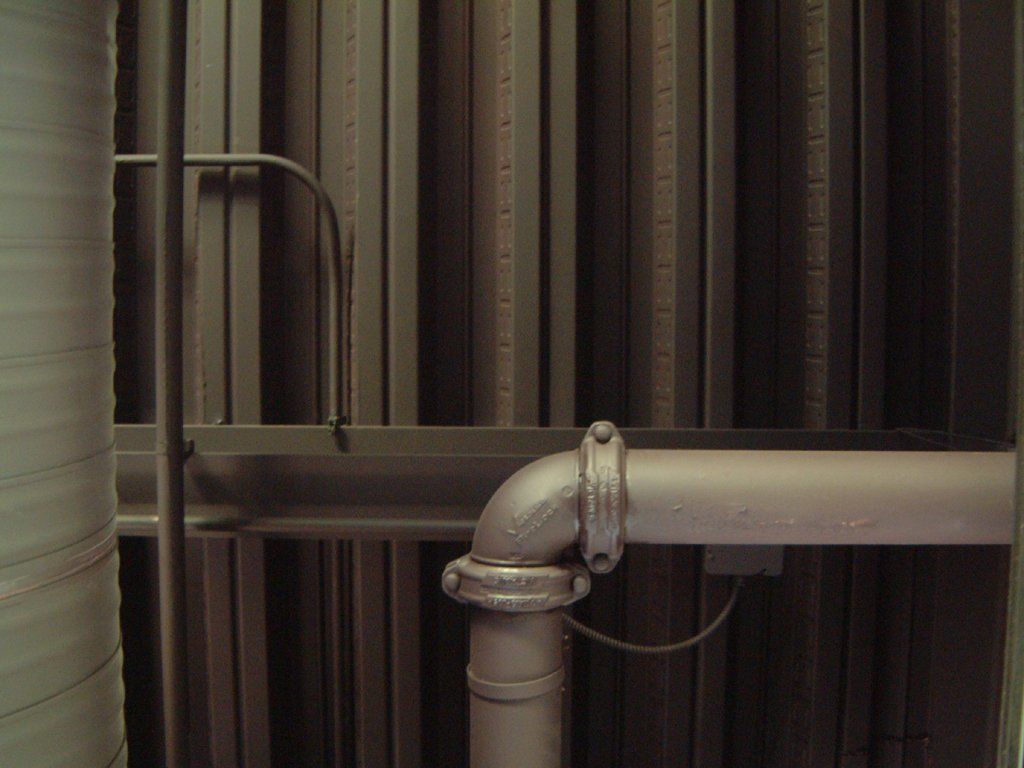
A malfunctioning or broken furnace is a recipe for disaster. It will not only fail to properly heat but could also leak carbon monoxide. If your furnace is acting up, switch it off, and call a furnace repair expert immediately.
“What type of repairs does my furnace need?” is one of the most common questions homeowners in Walnut Creek ask us when their furnace stops working. Here are some common repairs that every homeowner should be aware of.
Ignitor Repair
The ignitor is a vital part of a furnace. It is responsible for creating a spark that ignites the gas connected to the heater. Without a properly functioning ignitor, your furnace will not blow hot air. Here are some common signs of a bad ignitor.
- The furnace won’t start or blows cold air.
- It starts, then stops, then starts again.
- The furnace keeps tripping the breaker.
- You hear the click, but nothing happens.
If you suspect problems with your ignitor, turn off your furnace and schedule an inspection. Your contractor will check the thermostat, gas line, and ignition sensor. Once the technician gets to the root of the problem, they will suggest whether to repair or replace the ignitor.
Motor Repair
Your furnace motor blows conditioned air through the ducts into your home. There are two types of furnace motors: direct-drive motors and belt-drive motors.
A direct-drive motor is connected directly to the blower’s wheel, whereas a belt-drive motor connects the motor pulley to the fan pulley to turn the blower wheel.
If your contractor suspects that your blower motor has issues, they will examine the belt to check for cracks. If the belt is frayed or broken, the professional will replace it to get the motor operational.
When the motor fails, the rest of the furnace may continue to work, but the furnace won’t heat. Some common signs that your furnace blower motor needs replacement are airflow issues, a sudden, inexplicable rise in your energy bills, and strange sounds.
Flame Sensor Repair
The flame sensor performs a crucial safety function; it detects the presence of a flame. When the flame sensor detects that the furnace has not ignited correctly, it sends electrical signals to the controller to stop outputting fuel.
When a flame sensor is faulty, your furnace may draw more energy than usual, overrun, short cycle, or shut down.
Over time, dirt can accumulate on flame sensors. If your furnace flame sensor is dirty, remove and clean it with a soft, clean towel. Once you have removed accumulated dirt, remount the sensor on the assembly.
Right Now Air & Solar specializes in furnace repair in Walnut Creek. Whether your furnace does not blow hot air or draws more energy than usual, we can help. To consult one of our pros, call (833) 226-9086.
